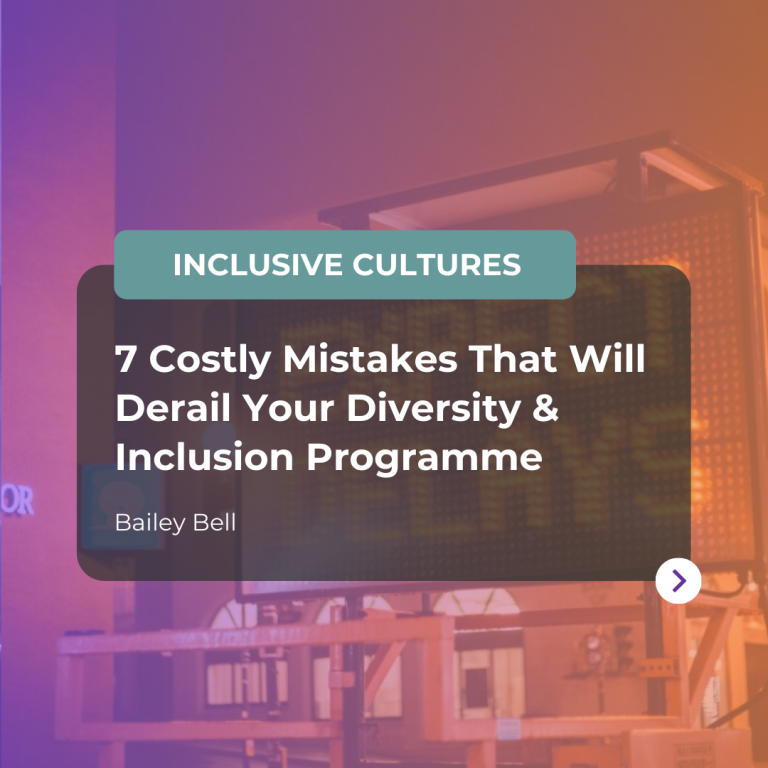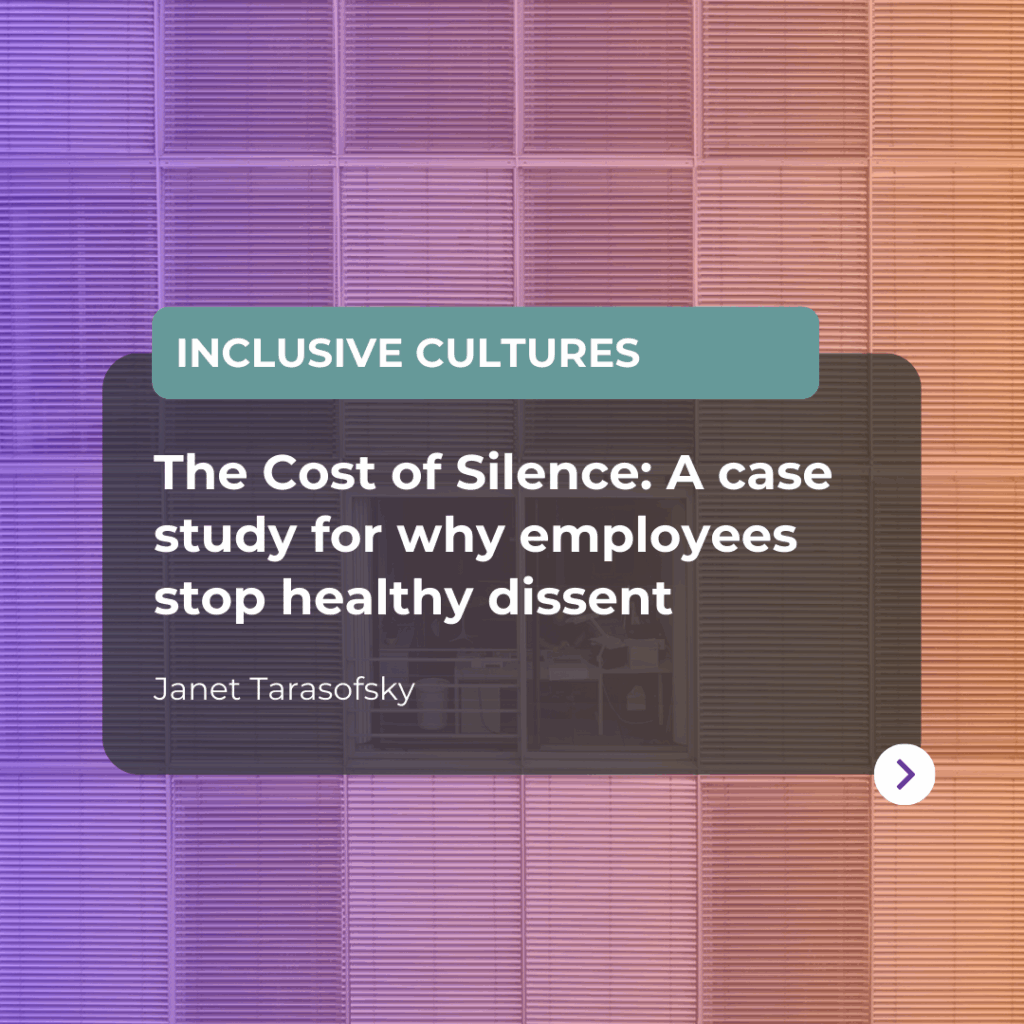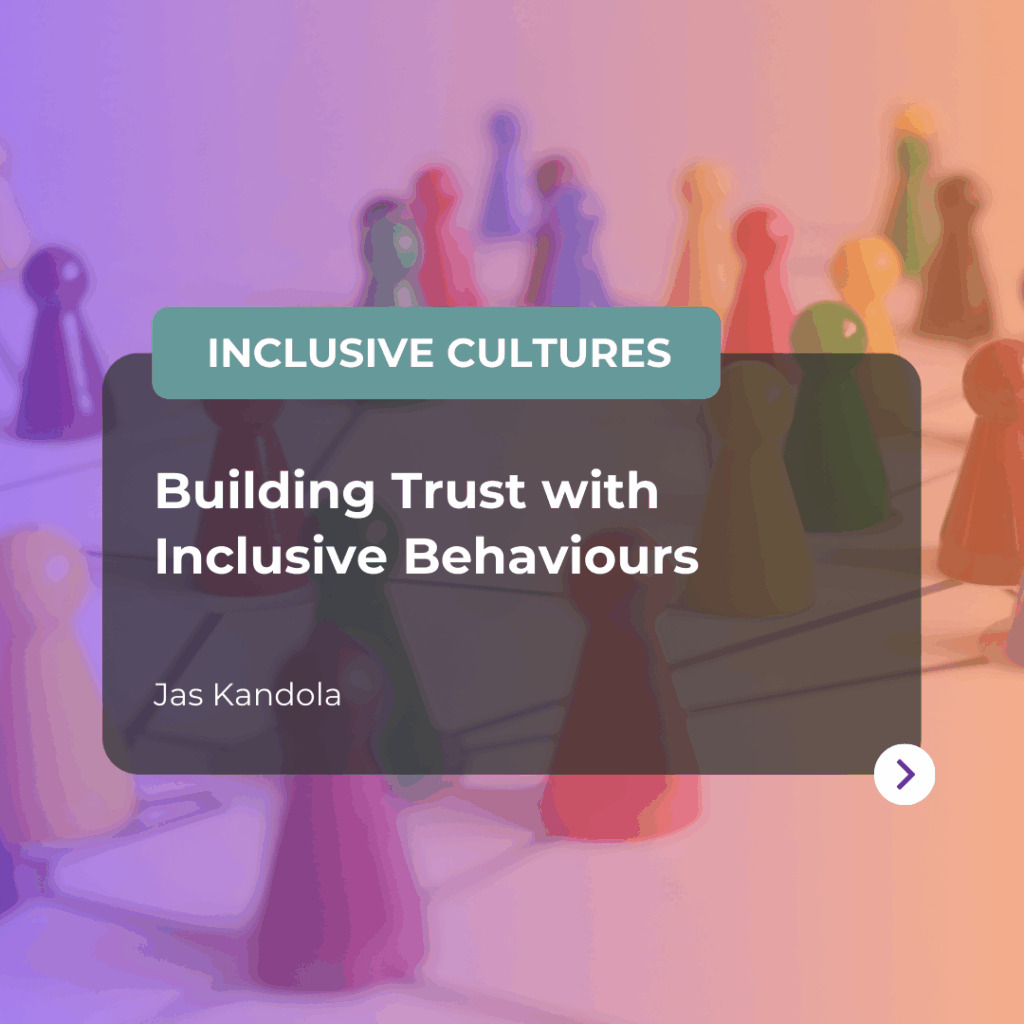Over the past decade, it has become increasingly evident that developing a diverse and inclusive workplace is crucial for business success.
Companies are investing heavily in Diversity and Inclusion (D&I) programmes to not only meet legal and ethical standards but also unlock their workforce’s full potential.
However, despite the best intentions, many D&I initiatives fail to deliver on their promises due to a range of costly missteps.
In this article, we delve into the seven most common and detrimental mistakes that can derail your D&I programme:
1. Failure to engage senior leadership
In the long run, without strong leadership support, D&I initiatives can struggle or fail completely, limiting the organisation’s ability to attract and retain a diverse workforce and slowing down innovation and growth.
A lack of support from senior leaders can cause initiatives to lose momentum, seem unimportant, and lack support. Employees may lose faith in the company’s commitment to inclusion, which can weaken the company culture and lead to a loss of talent.
2. Poor budgeting and/or resourcing
Many D&I managers are given challenging goals, like tackling inappropriate behaviour and improving diversity in leadership positions, but only get a small budget. Thus, meaning there isn’t enough to create meaningful change.
If your organisation is truly dedicated to creating an inclusive culture, your budget and resources should reflect it. Assess your budget and allocate resources properly to effectively achieve your D&I goals.
3. Lack of communication
Many well-intentioned HR Directors and D&I Heads are eager to launch a D&I programme but fail to consider how they will communicate the programme’s aims and what it will entail. This leads to some employees not seeing the point and others becoming disgruntled about spending their time in the programme.
4. Failing to engage the whole organisation
D&I initiatives should be part of the entire business operation, not an extra add-on. Treating D&I as important only for some people and not making it a standard business practice is a mistake.
5. Using a one-size-fits-all approach
D&I programmes often speak in general terms about what ‘people’ should be doing rather than providing tailored guidance based on individuals’ inclusivity needs.
A ‘sheep-dip’ approach rarely works. Research shows that when you provide personalised feedback, participants value and engage with the training more, even after it’s over.
6. Too much theory
Programmes that focus too much on theory and terminology instead of practical guidance can disengage participants. Not giving enough time for practice, reflection, and discussion can result in no lasting behavioural change after the training.
7. Lack of knowledge transfer
Often, D&I training is exclusive, with only a select few in the organisation having access to it and being expected to lead the way forward. Learning in isolation is difficult to share with team members or across different functions.
In conclusion, understanding and avoiding these seven common mistakes can significantly improve the success of your Diversity & Inclusion programme.
Remember, fostering diversity and inclusion not only benefits your employees but also drives innovation, growth, and overall business success. It’s essential to stay committed, learn from your mistakes, and continually refine your approach to create a truly diverse and inclusive workplace.
If you’re looking for expert guidance to successfully design and implement your D&I programme, please contact info@pearnkandola.com






